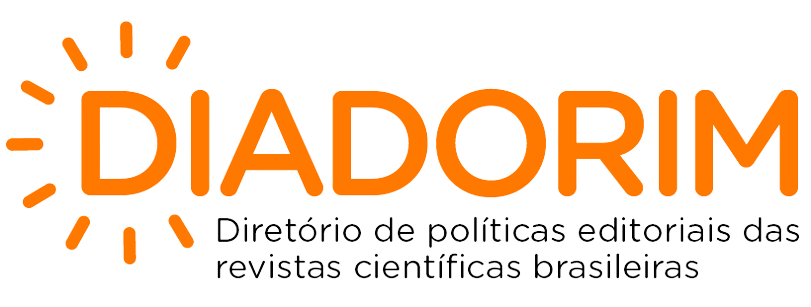Risk Assessment of the Rupture of São Pedro Dam, Juiz de Fora - MG, through the Fault Three and Cause and Consequence Methods
DOI:
https://doi.org/10.5433/2447-1747.2020v29n2p143Keywords:
Risk analysis, Dam disruption, Failt tree.Abstract
Attention to risk study and analysis grows as the number of undesirable events increases, causing social and environmental damage. In Brazil, the last years have been marked by the occurrence of tailings dams rupture. Considering the large number of water dams - used for various uses, such as population supply, irrigation, hydroelectricity and others - it is important to study and analyze the risks surrounding these dikes and their dams. In this sense, the present work has as objective to make a risk analysis to the rupture of the dam of São Pedro reservoir, in Juiz de Fora, Minas Gerais. Methodologically, the work was did based on the Failt Tree (FTA) and Cause and Consequence (CCA) methods. At the end of the analyzes, although care was taken to control the flow of the dam, factors were observed that increased the risk of serious consequences from possible dam disruption, such as the absence of an emergency plan, alarms and escape routes.Downloads
Downloads
Published
How to Cite
Issue
Section
License
Copyright (c) 2020 GEOGRAFIA (Londrina)

This work is licensed under a Creative Commons Attribution-NonCommercial 4.0 International License.
The authors retain the copyright simultaneously licensing the work under the Creative Commons Attribution-NonCommercial 4.0 International license. This license allows third parties to distribute, remix, adapt, and develop the material in any medium or format for non-commercial purposes, giving due credit for authorship and initial publication in this journal.
The journal reserves the right to make normative, orthographic, and grammatical changes to the originals in order to maintain the standardized language and the credibility of the vehicle while still respecting the authors' writing style. Conceptual suggestions, changes, or corrections will be communicated to the authors when necessary.
The opinions expressed by the authors of the articles are their sole responsibility.
This work is licensed under a Creative Commons Attribution-NonCommercial 4.0 International license.



















